When it comes to protecting the planet, most people assume that skipping the plastic straw in their iced coffee and bringing their own bags to the grocery store is all they can do as an individual.
However, a recent video on TikTok shows viewers another way in which their personal choices are negatively affecting the planet we live on: When washing clothing in the laundry, literal tons of microplastics are being funneled into the ocean. But luckily, there is a way to combat this problem.
Planet Deep Blue TikTok That Went Viral

A video on TikTok posted by @planetdeepblue has recently gone viral. In the clip, a member of the Deep Blue team explained to the company’s followers and thousands of others what happens when they wash their clothes.
The woman starts the video by telling viewers to check the tag on their clothing; she says “odds are, if you check the tag on the clothing that you’re wearing right now, you’re going to see some percentage of polyester. Polyester is a silent killer.”
Materials Considered “Silent Killers”
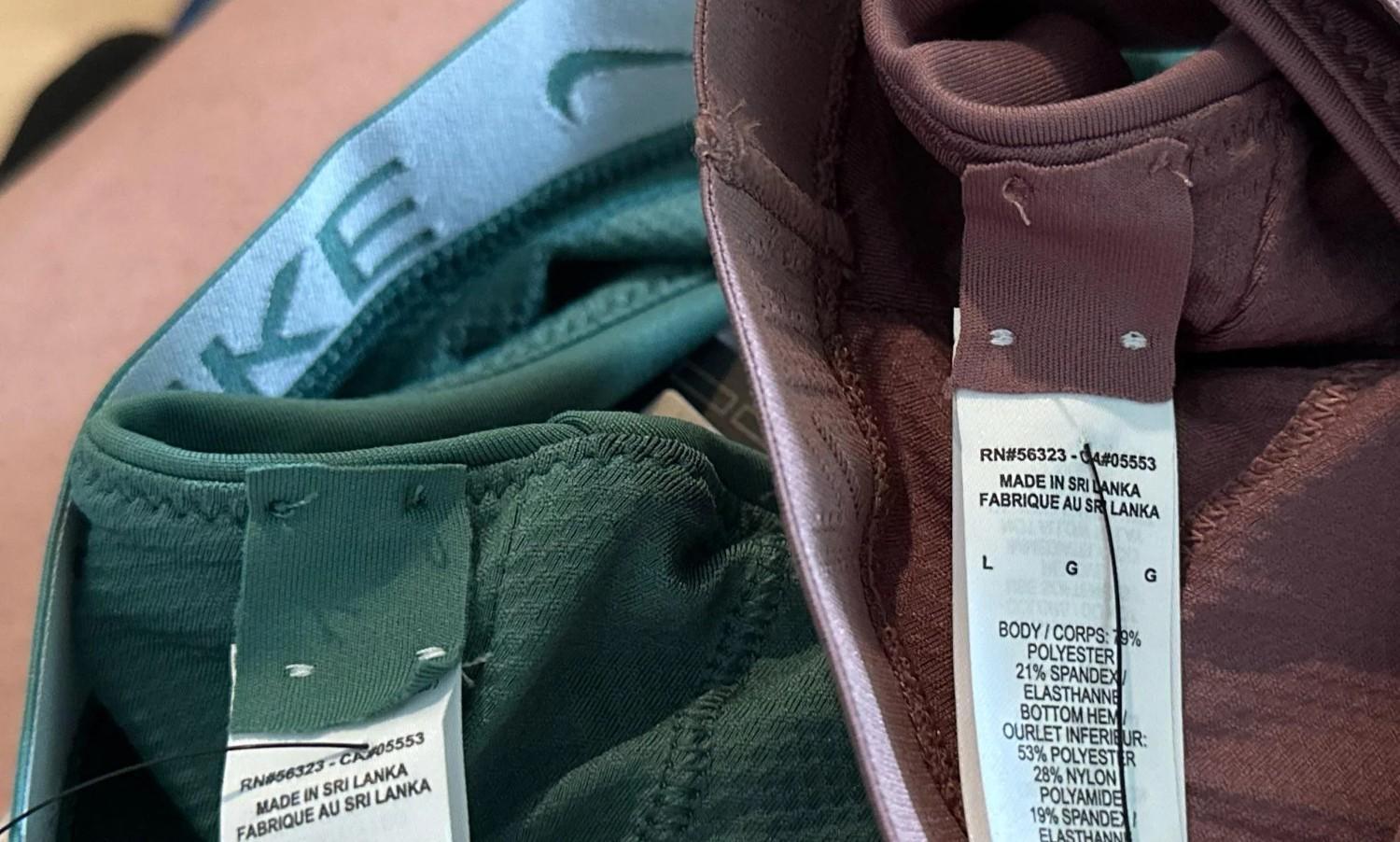
She goes on to say that polyester isn’t the only “silent killer;” the nickname also applies to other popular clothing materials, including rayon, spandex, acrylic, and nylon.
Each of these materials are synthetic, which means they are made from a form of plastic, and as she explained, “When you wash these fabrics, they slowly deteriorate and break down into microplastics.”
What Are Microplastics?
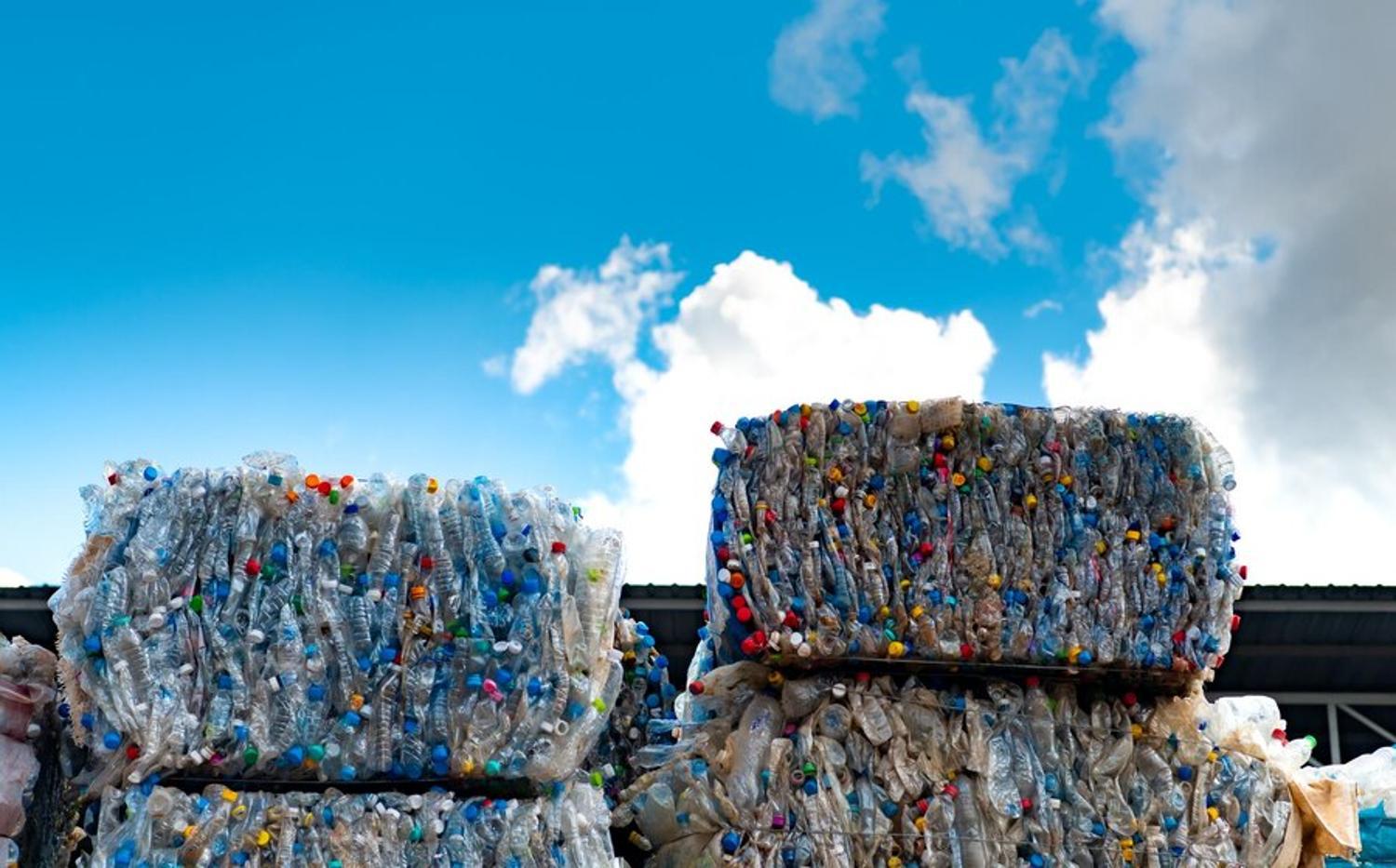
You may have heard of microplastics before. They are extremely small pieces of plastic debris that are created when larger pieces of plastic, including bottles, bags, Tupperware, and yes, clothing, break down over time.
Because humans produce over 380 million tons of plastic every year, 50% of which is used for single-use products, microplastics are literally covering our planet. From beaches to oceans, soil, inside animals, and even within us.
Most Humans Have About a Credit Card’s Worth of Plastic in Them Right Now

A study published by ScienceDirect reported that the average person ingests about one credit card worth of plastic every week or the equivalent to 50 plastic bags every year. While some of these microplastics are ingested through bottled water, beer, and salt, most of it is consumed through seafood.
The problem is that marine life are constantly ingesting microplastics, as there are more than 14 million tons of microplastics in the world’s oceans right now. But while the microplastics in seafood are certainly negatively impacting humans, it’s also extremely dangerous for marine life, and therefore, the planet.
How Do Microplastics Hurt Marine Life?
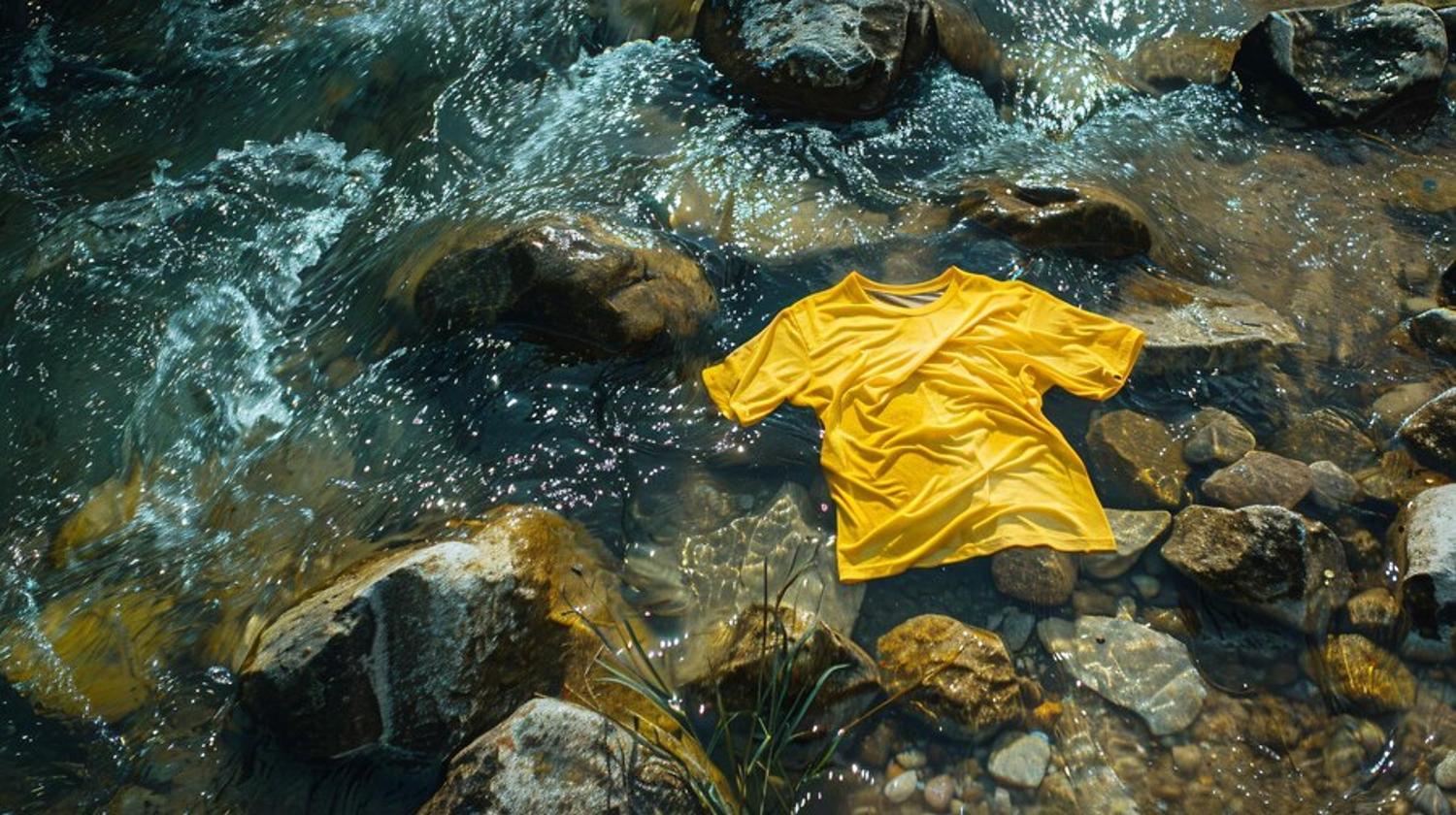
At this point, almost everyone knows how plastic straws can get stuck in a turtle’s nose or a plastic bag can suffocate a fish. But not everyone understands how unbelievably dangerous microplastics are for marine life.
According to the National Institutes of Health, “microplastics cause a decline in feeding behavior and fertility, slow down larval growth and development, increase oxygen consumption, and stimulate the production of reactive oxygen species” in aquatic life.
A Lack of Biodiversity in the Ocean Is Bad News for the Planet
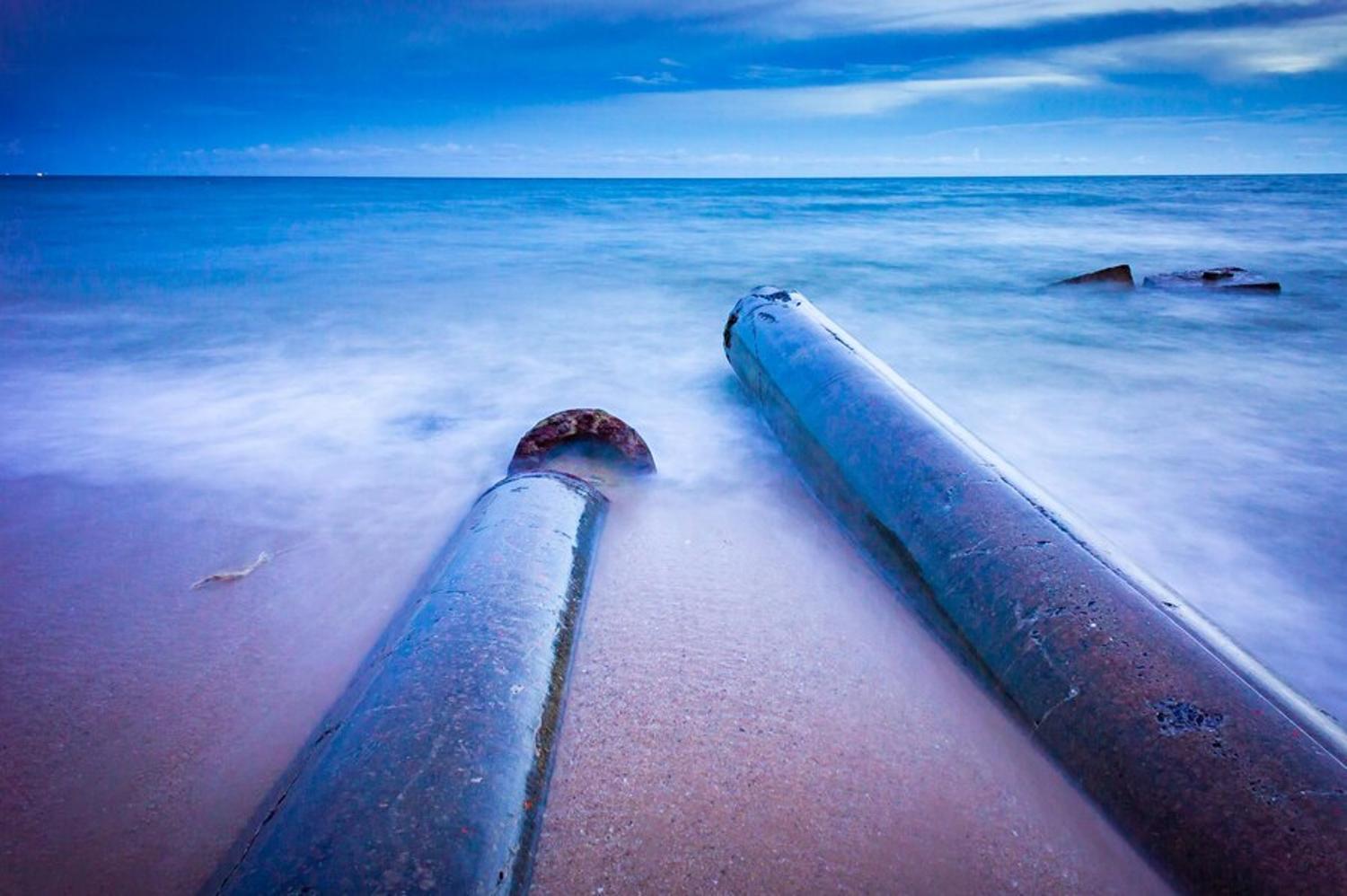
Essentially, that means that an excess of microplastics in the ocean could cause the extinction or at least the substantial decrease of hundreds of even thousands of marine species.
That, of course, would be quite bad news for humans, causing a massive food shortage around the world. But it would also mean a lack of biodiversity within the oceans which would lead to enormous problems for the marine ecosystem and, consequently, the entire planet.
Microplastics Are Being Transported From Washing Machines to the Ocean
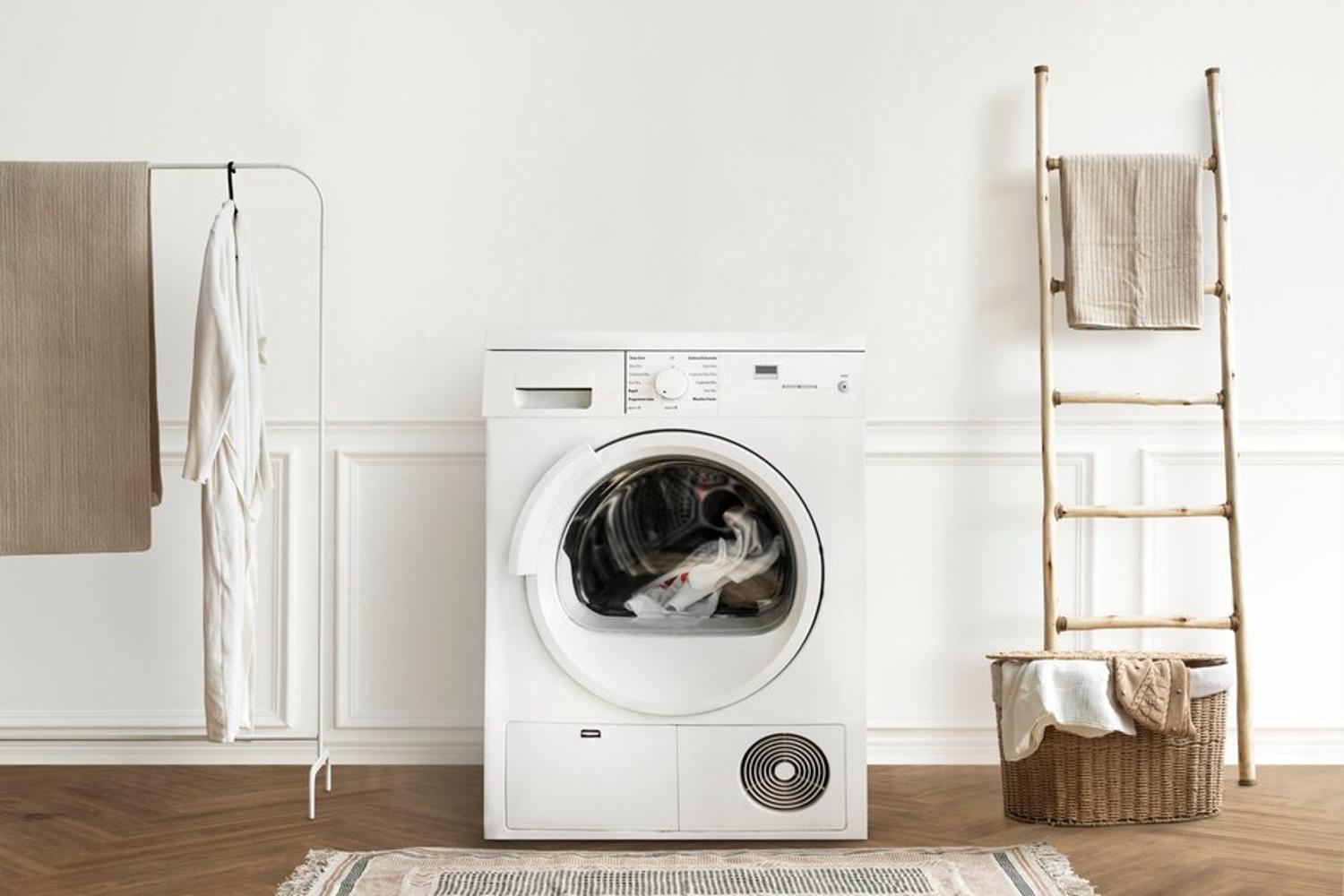
So, as the TikTok video asks “how [are microplastics] getting from your washing machine to the ocean?”
The answer is quite simple: “When a drain leaves your house, it goes to a sewage treatment plant… These plants don’t have the filters, most of the time, to sort out the microplastics because they are so tiny. So, they are sent through to be released into the ocean.”
878 Tons of Microplastics Are Released Into the Ocean Through Laundry Alone
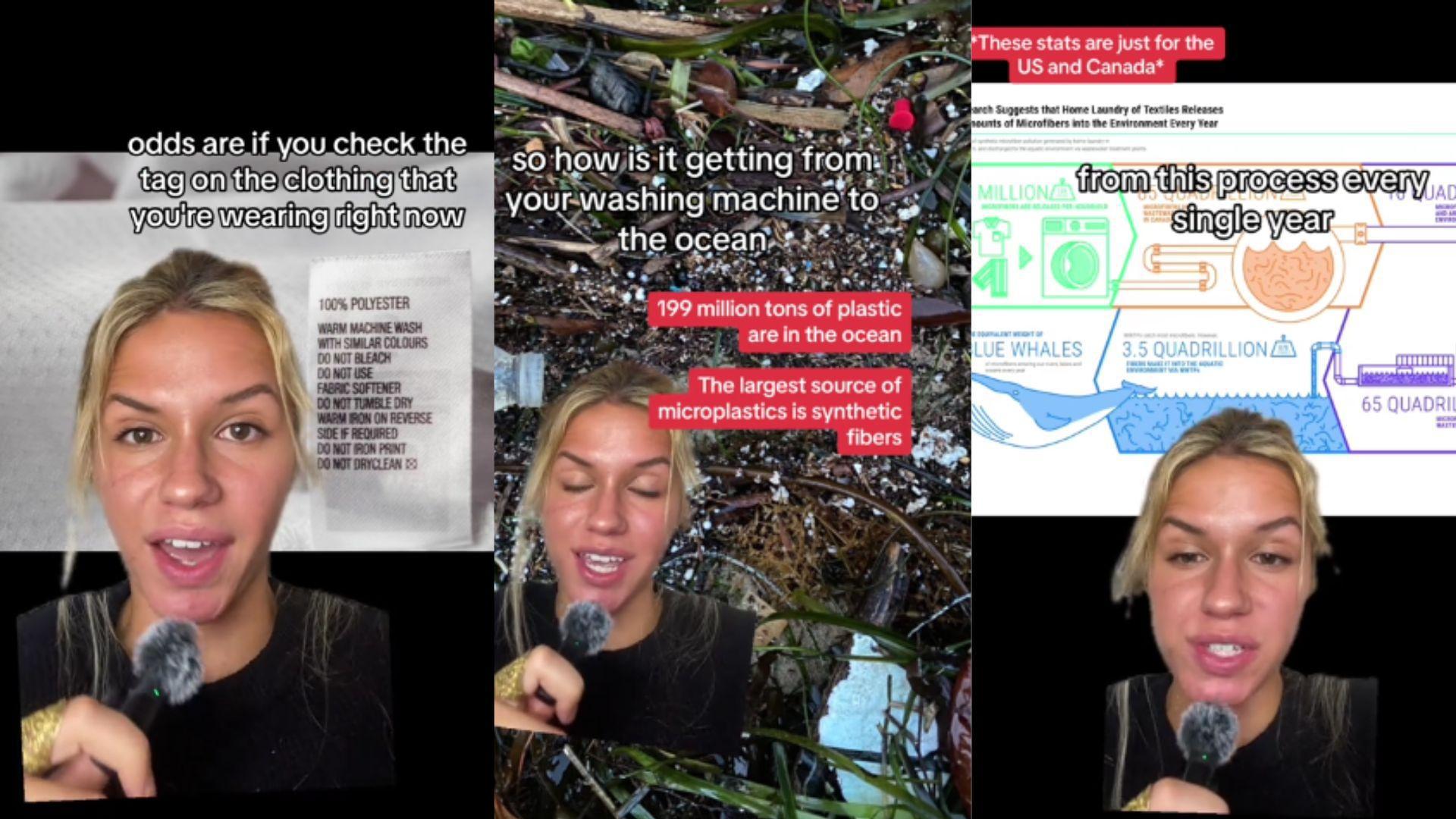
The video continues, “878 tons of microplastics find their way into the ocean from this process every year.” And she specifically notes that the average home “released 533 million microplastics from their laundry alone every year.”
She also noted that these figures don’t even account for the piles upon piles of plastic-fiber clothing that is being put “directly into the ocean” when they are thrown out by people and corporations all over the world.
Laundry Alone Leads to 10 Blue Whales of Plastic

It can be challenging to understand just how much 858 tons is. As a direct comparison, that is ten blue whales worth of plastic or almost 600 passenger vehicles.
Therefore, the woman from Deep Blue explains, “the best way to avoid making more of these little microplastics is to wear and buy clothing that is made from natural fabrics.”
What Clothing Fabrics Are All Natural?
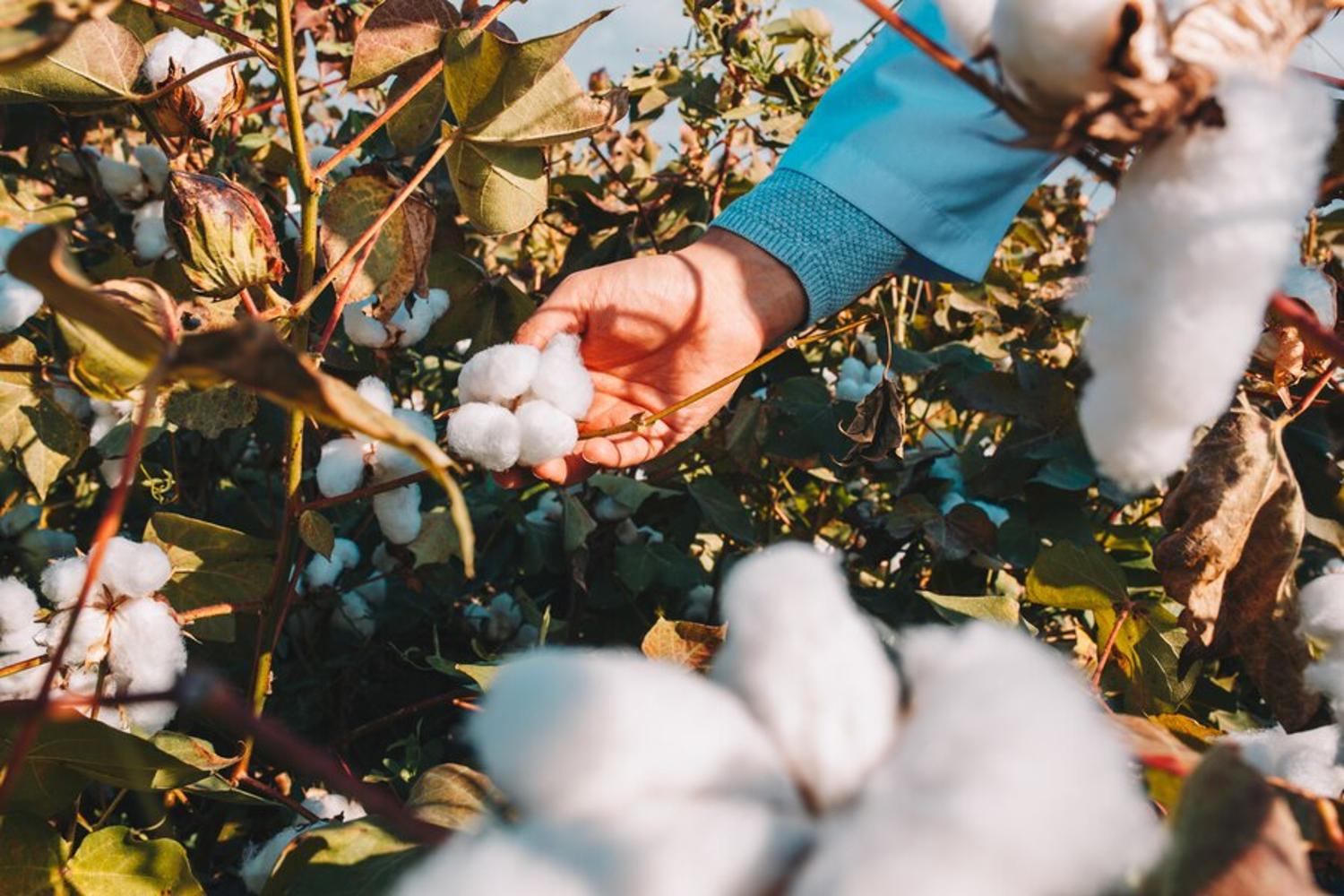
The video provided by @planetdeepblue explains that the best fabrics for clothing are the all natural materials, including cotton, linen, bamboo, or hemp. Essentially, anything that grows in nature and is not made by humans.
Although, the author also notes that this necessary change can be challenging for many people as “60% of the clothing out now is made from synthetic fibers.”
100% Cotton Is the Best Way to Go
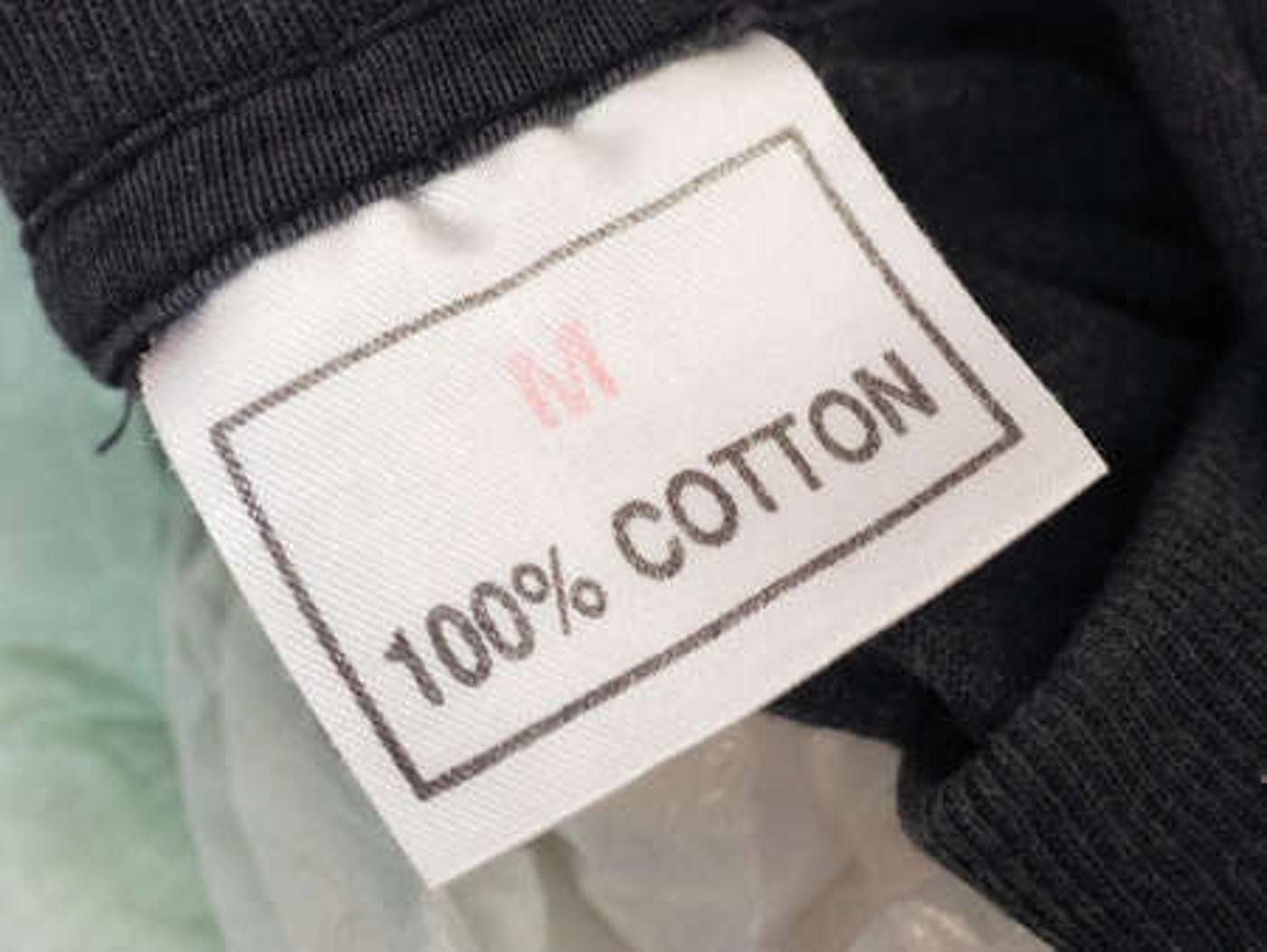
Realistically, the easiest and best way to ensure that your clothing is made from all natural materials is to opt for pieces that are made from 100% cotton. Although the other natural fibers exist, they are less common and, therefore, harder to find in regular stores.
Although it may seem like just another small fix for a big problem, this video proves that transitioning from plastic clothing to natural fabrics can actually make a big difference for our oceans and our planet.








































